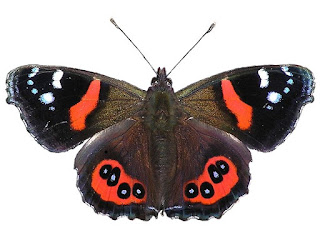On 3rd July 2011, there was a short
workshop at Tamahere Nursery pointing out the conditions for these shrubs
commonly used in Waikato gully restoration.
Plants which prefer the wettest sites feature first, followed by those
that prefer less wet areas.
Berry colour Notes
C. tenuicaulia Black Very similar to C.areolate, but with
tuft at stipule.
C. propinqua Dark blue/flecked Freely hybridises with C.robusta
C. rotundifolia
Orange/red
C. rigida White/yellow/orange
C.areolata Dark purple
C. spathulata
Orange/dark red/black.
Very similar to C. areolate (white berries and fruits only when large
tree).
C. rhamnoides Dark red.
Following reading Small Leaved Shrubs of New Zealand
(Wilson H., and Galloway, T, 1993), consulting the databases of New Zealand
Plant Conservation Network and the Waikato Regional Council’s What to plant in
Waikato Wetlands as well as my observation of plants in the wild, I have
concluded that tenuicaulia is ‘the’ swamp coprosma (to which it is often
referred), so I would plant this at the wettest end of list. tenuicaulis and propinqua prefer boggy,
low-fertile and poorly-drained sites.
C. rhamnoides is at the driest end of the list but
does not like dry conditions, just less wet and free-draining.
Another study from Waikato University stated that
these shrubs having separate male and female plants (dioecious), should be
planted no further than seven (7) metres apart to ensure optimal wind
pollination.
A reminder that to enlarge any photo in this blog just click on it.
A reminder that to enlarge any photo in this blog just click on it.























